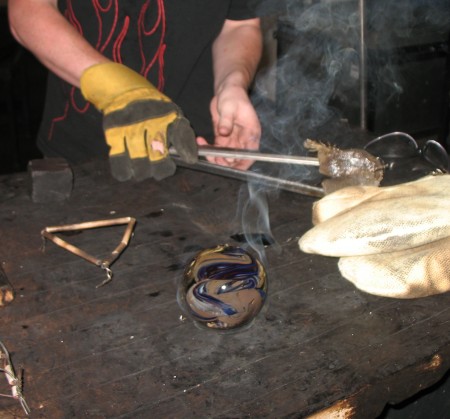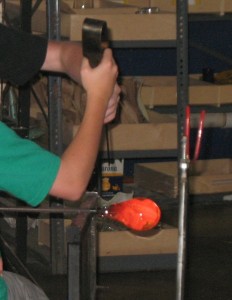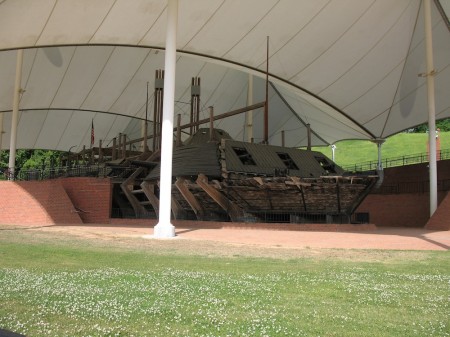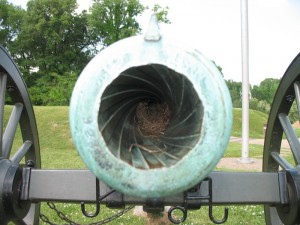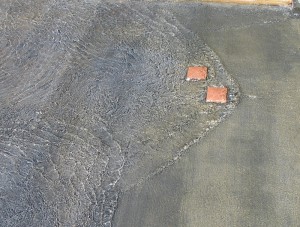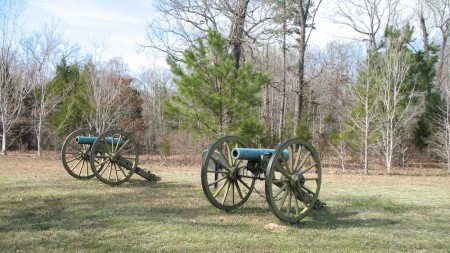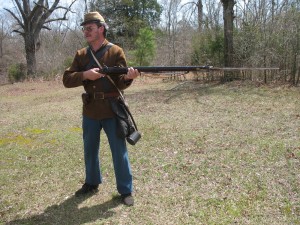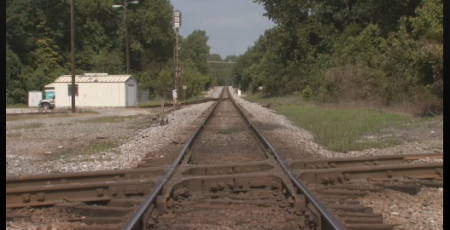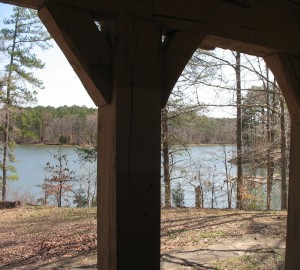Molten glass, upwards of 2000 degrees, cools slowly, quickly, slow enough to pull, twist, fast enough to feel the brittleness between metal tweezers in seconds. Runny to viscous as it cools. Change of state — freezing — feel it in the glass.
Tweezers and jacks keep hot glass at a distance. Third class levers require balance and firmness to control their mechanical advantage.
Glass, silica, SiO2. Quartz crystals, ordered array of molecules. Glass, no organization, amorphous.
Furnaces blast hot, you can see the yellow-orange color, you can feel the hard infra-red light, thermal energy. IR – long wave – less energetic. When extra heat is needed, the blue/ultra-violet flame of propane (mixed with oxygen). UV – short wave – high energy – hard on the eyes though you can’t see it.
Combustion needs three things, heat, fuel and oxygen. Propane, C3H8, not methane, CH4 – the greater energy density. Propane, C3H8, not butane, C4H10 – is a gas not a liquid. To burn real hot needs extra oxygen.

Conservation is a challenge. Furnaces –> heat –> lots of energy –> bad. Natural light, big doors, lots of windows. Recycle glass (at least the clear glass). No need for heat in the winter. Drink lots of water in the summer.
3rd Degree Glass Factory, make your own paperweights. About 12 minutes per person. Excellent way to spend a morning. Really cool faucets and water basins in the bathroom.
